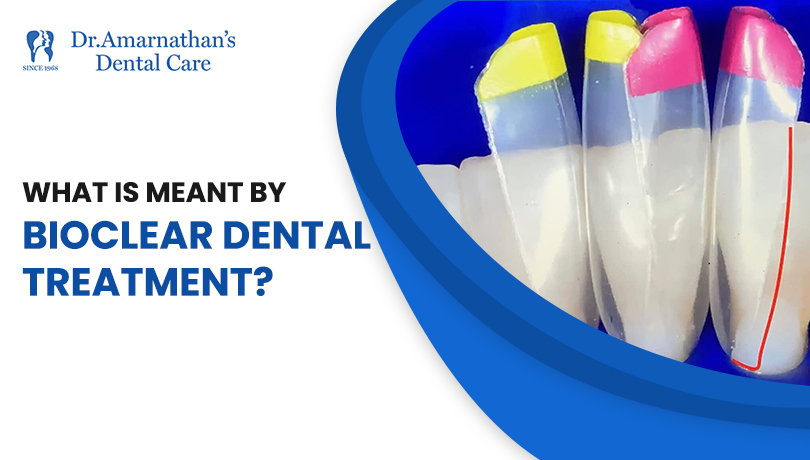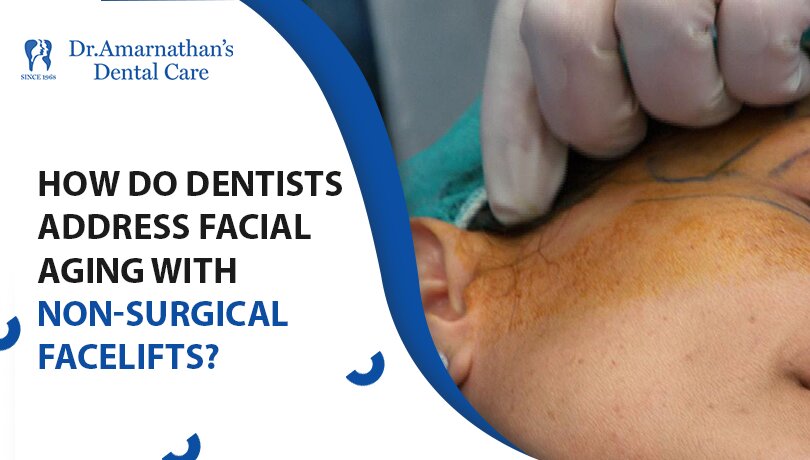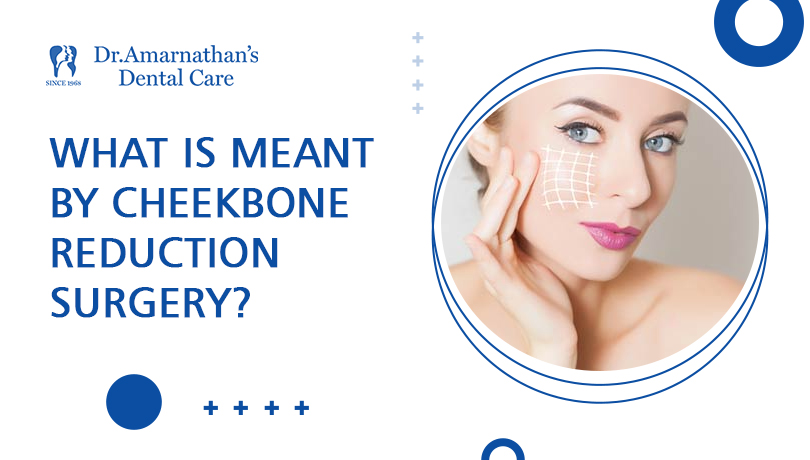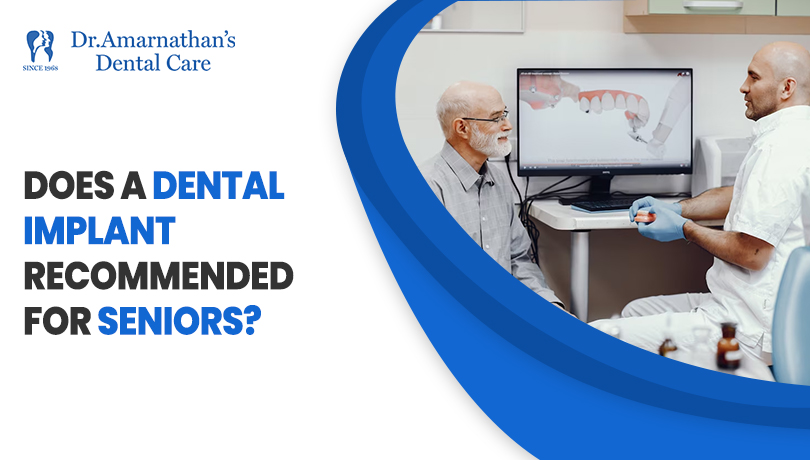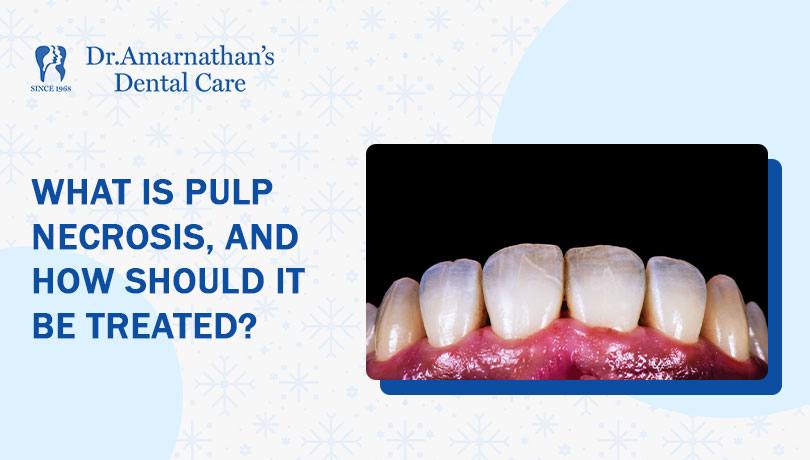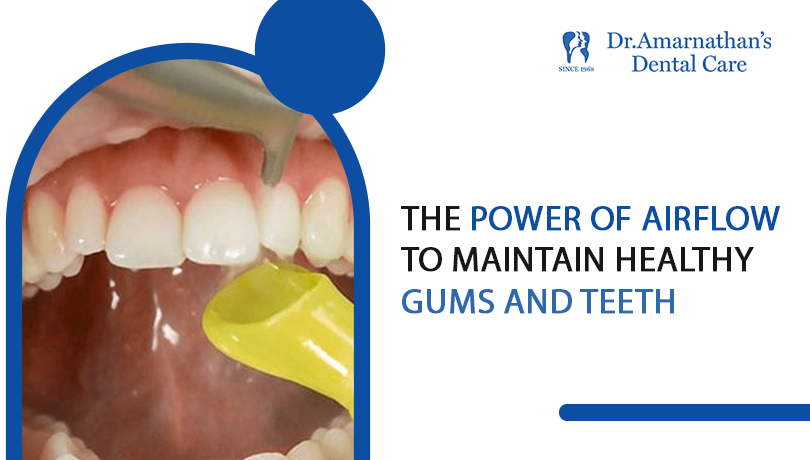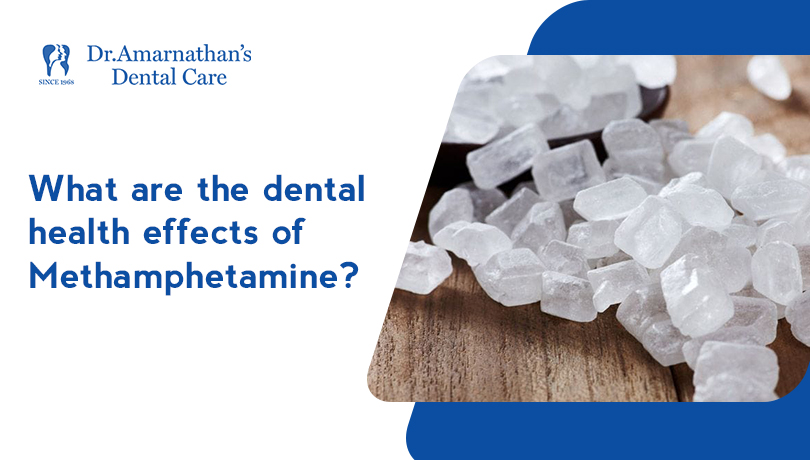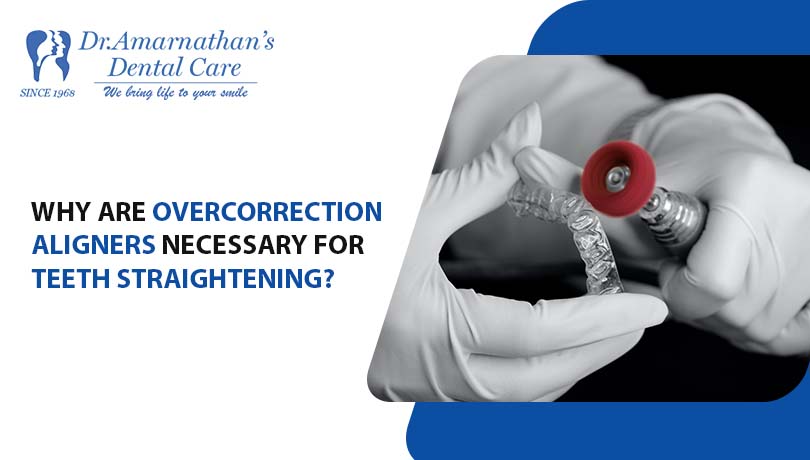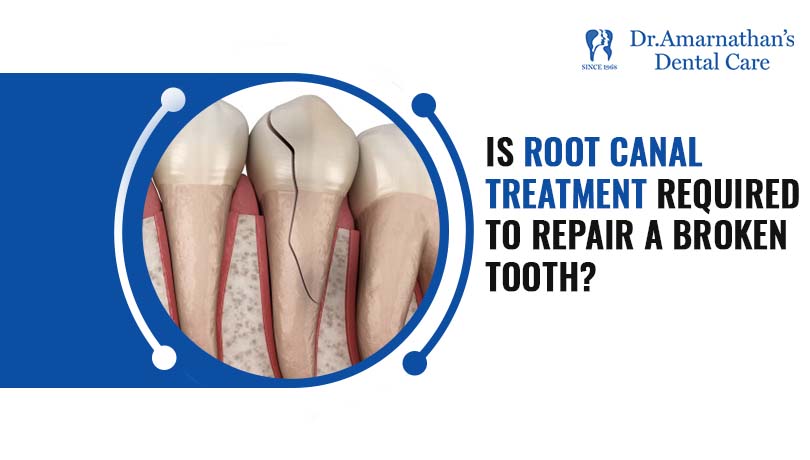
Is Root Canal Treatment mandatory to repair a broken tooth?
Dental enamel is a hard & mineralized tissue in our body. Even though the tough shell protects the teeth from damage, it is also susceptible to chips, cracks, and even breaks. The surface-level chips and cracks are less bothersome and can be repaired with cosmetic procedures like dental bonding, fixing veneers, and crowns.
In certain cases, repairing a chipped or broken tooth requires Root Canal Treatment (RCT). Root Canal Therapy is a dental procedure that is widely performed to safeguard a deeply infected tooth.
Are you surprised that treating a tooth that is structurally compromised due to trauma needs endodontic treatments? We have explained it in this blog article. Keep reading.
What is involved in Root Canal Treatment?
Root Canal Treatment is a minimally invasive procedure performed under local anesthesia. It involves drilling a tooth to remove the infected parts inside the tooth. Once the tooth’s internal regions are thoroughly disinfected, the root canal inside the tooth is filled and sealed.
It prevents the progression of infection inside the tooth as well as prohibits the tooth’s sensitive layers from exposure to any disease-causing agents.
When do dentists prescribe Root Canal Treatment to fix a broken tooth?
Generally, dentists determine whether repairing a cracked or damaged tooth requires RCT after evaluating the severity of the damage.
For instance, if a tooth cracks slightly but does not expose the inner layers whilst its remaining portion is intact, it does not require endodontic treatments. However, if a tooth is literally broken and lost a significant portion of its structure, dentists consider pre-endodontic restorations before placing a permanent prosthetic device.
Besides these, factors like the type of damaged tooth (front tooth or back tooth), its remaining structure, and whether it has cavities also determine the possibility of endodontic treatments.
RCT for broken front teeth – The front teeth are highly vulnerable to getting chipped, or broken due to physical injuries. If the tooth is severely fractured through which the tooth pulp is affected, pulpitis will occur. In such cases, dentists perform RCT to eliminate the diseased pulp chamber. Moreover, if dentists found that a damaged tooth does not have enough healthy structure to hold crowns, root canal is performed as a preventive measure.
Once the infected nerves and tissues are removed, a post is placed in the empty root canal. Then a special material called gutta-percha is filled to cover the post. It provides a surface and supports the tooth to hold the dental crown.
RCT for broken back teeth – Molar teeth have more tooth structure than anterior teeth and premolars. Mostly, teeth in the back of our mouths get fractured due to old fillings, severe decay, and other things that exert physical stresses against the teeth. When the tooth is severely cracked, exposing nerves. Root Canal Treatment is required to treat the cavity as well as repair the cracks.
Unlike front teeth, the back teeth have fewer chances of getting a fracture in their roots. If it happens, root amputation is mandatory to save the tooth.
Are there any alternate solutions available?
Apart from the RCT procedure, there is another option called “Pulp capping” is available to address nerve exposure happened due to a tooth fracture. However, it is applicable when a small amount of the pulp is exposed. The procedure involves placing a special material over the pulp to protect and heal it. Then the tooth is filled.
In case of severe fracture near the tooth roots, it is hard to preserve the tooth. The patient is left with a toot removal process and restoration with solutions like dental bridges, dental implants, and others.
Bottom line
Repairing a chipped, cracked, broken, or fractured tooth involves a myriad of cosmetic solutions to renovate its structures. If the damage is quite deep, disclosing the inner structure of a tooth, dentists have to do a root canal or pulp capping to save the tooth.
In essence, dentists determine the right solution to repair a damaged tooth after assessing the extent of damage in the tooth.



